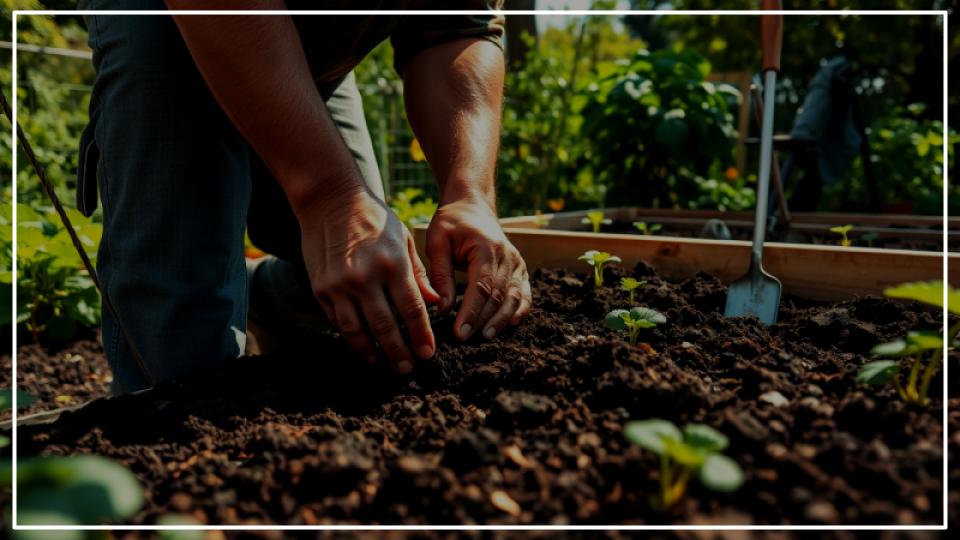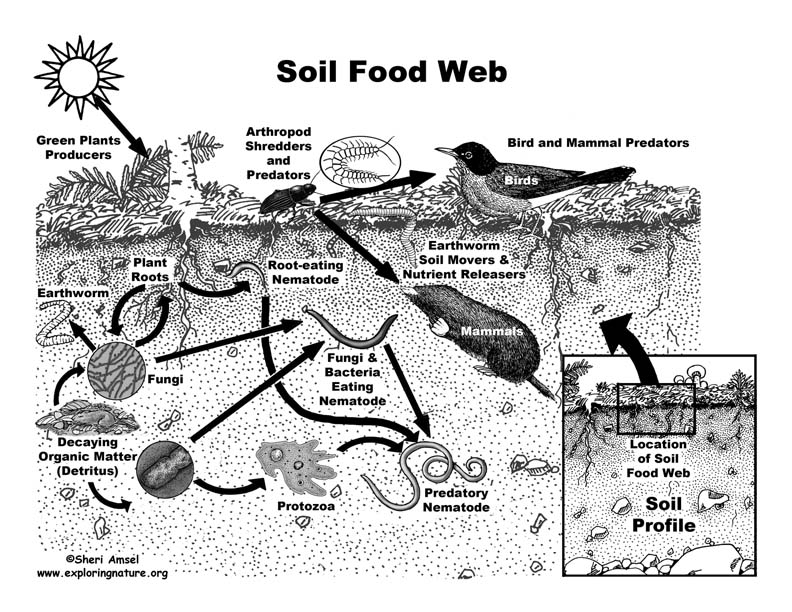For many, gardening is a journey of trial and error. Yet, a growing number of horticultural experts and veteran gardeners are advocating for a shift towards more science-based, ecosystem-focused practices. These advanced gardening techniques, which prioritize long-term soil vitality and working with nature, represent a departure from conventional wisdom, offering a path to more resilient, productive, and sustainable gardens. Many seasoned growers now say these are the lessons they wish they had learned from day one.

This approach moves beyond simply feeding plants to cultivating a robust and self-sustaining garden ecosystem. It involves a deeper understanding of the biological processes in soil, more strategic water management, and a preventative, nature-based approach to pest control. Adopting these methods can significantly reduce labor, cost, and environmental impact over time, according to university extension programs and horticultural research institutions.
A Shift in Gardening Philosophy
| Technique | Core Benefit | Scientific Principle |
| Focus on Soil Biology | Creates self-fertilizing, resilient soil. | Nurturing the soil food web (bacteria, fungi, microbes) makes nutrients more available to plants. |
| Water-Wise Irrigation | Reduces water waste by up to 70% and prevents disease. | Delivering water directly to the root zone minimizes evaporation and keeps foliage dry, deterring fungal growth. |
| Integrated Pest Management | Minimizes chemical use and creates a balanced ecosystem. | Using beneficial insects and “right plant, right place” strategies prevents pest outbreaks before they start. |
| No/Low-Till Methods | Improves soil structure, water retention, and carbon sequestration. | Avoids disrupting the delicate soil ecosystem, preventing compaction and the release of carbon. |
The Foundation of Everything: A Deeper Understanding of Soil Health
Experts agree that the single most significant shift for any gardener is to stop treating soil like dirt. Instead, they should view it as a living ecosystem teeming with billions of microorganisms that form the foundation of plant health.
“Many gardeners are taught to focus on N-P-K (Nitrogen, Phosphorus, Potassium) fertilizers, which is essentially treating the plant hydroponically in a soil medium,” stated a report from the Oregon State University Extension Service. “The advanced approach is to feed the soil, not the plant.”

Moving Past Basic Fertilizing to Soil Biology
The concept of soil health revolves around fostering the soil food web. This complex network of bacteria, fungi (like mycorrhizae), protozoa, and earthworms breaks down organic matter into nutrients that plants can easily absorb. Chemical-heavy fertilizers and excessive tilling can destroy this delicate ecosystem.
Seasoned gardeners now advocate for amending soil with high-quality compost, leaf mold, and other organic materials. This not only provides a slow-release source of nutrients but also improves soil structure, aeration, and water retention. According to the University of Minnesota Extension, “By maintaining a high soil organic matter content, food and a favorable habitat can be built for a diverse community of soil organisms.”
Strategic Watering and Sustainable Practices
Over- and under-watering are among the most common mistakes in gardening. Water-wise gardening techniques offer a more efficient and plant-friendly alternative to indiscriminate sprinkler use.
Implementing Drip Irrigation for Maximum Efficiency
Drip irrigation systems and soaker hoses deliver water slowly and directly to the plant’s root zone. This method is far more effective than overhead watering, which can lose a significant amount of water to evaporation and wind.
“Soaker hoses and drip irrigation systems make the most efficient use of water,” advises Southern Living, based on interviews with horticultural experts. “Water deeply early in the day and avoid overhead watering to allow foliage to dry before nightfall to minimize fungal diseases.” This targeted approach not only conserves water but also helps prevent common fungal issues like powdery mildew and blight.
Working with Nature: Integrated Pest Management
The old reflex of reaching for a chemical spray at the first sign of a pest is being replaced by a more thoughtful and sustainable strategy: integrated pest management (IPM). IPM is a holistic approach that prioritizes preventing pest problems by creating a balanced garden ecosystem.
Encouraging Beneficial Insects
A key tenet of IPM is recognizing that most insects are not pests. Many, like ladybugs, lacewings, and parasitic wasps, are voracious predators of common garden nuisances like aphids. Planting a diverse range of flowering plants, particularly those with small flowers like dill, fennel, and alyssum, provides food and habitat for these beneficial allies.
“The goal is not to eliminate all pests, but to keep them at a manageable level where they do not cause significant damage,” explains a guide from The University of California’s Statewide IPM Program. “A healthy garden can support a small pest population, which in turn supports a population of their natural enemies.”
The principle of “Right Plant, Right Place”
- Another core IPM principle is selecting plants that are well-suited to the garden’s specific conditions of light, moisture, and soil type. A stressed plant—one struggling in too much sun or in poorly drained soil—is significantly more susceptible to pests and diseases. Researching a plant’s native habitat and requirements before planting can prevent many future problems.
- Dr. Linda Chalker-Scott, an Associate Professor at Washington State University and a prominent voice in science-based horticulture, frequently debunks common gardening myths and advocates for this principle. Placing plants correctly reduces stress and the need for interventions.
Rethinking Planting and Pruning
Even fundamental acts like digging and cutting are being re-examined through the lens of long-term plant and soil health.
The “No-Till” or “Low-Till” Method
For decades, gardeners were told to till their soil deeply each spring. However, research now shows that this practice destroys soil structure, pulverizes beneficial fungal networks, and releases stored carbon into the atmosphere.
The no-till method involves disturbing the soil as little as possible. Gardeners add layers of compost and mulch on top of the soil each year, allowing earthworms and microbes to do the work of incorporating the organic matter. This approach, widely adopted in regenerative agriculture, leads to healthier soil that is more resilient to drought and erosion.
The consensus among modern horticultural leaders is clear: a successful garden is a partnership with nature, not a battle against it. By embracing these advanced gardening techniques, cultivators at all levels can create landscapes that are not only more beautiful and bountiful but also more ecologically sound. The shift requires a change in mindset, moving from a plant-centric to a system-centric view, a lesson many wish they had learned much sooner.
Read More
New Martha Stewart hybrid tea roses, Blending Celebrity Influence with Horticultural Tradition
